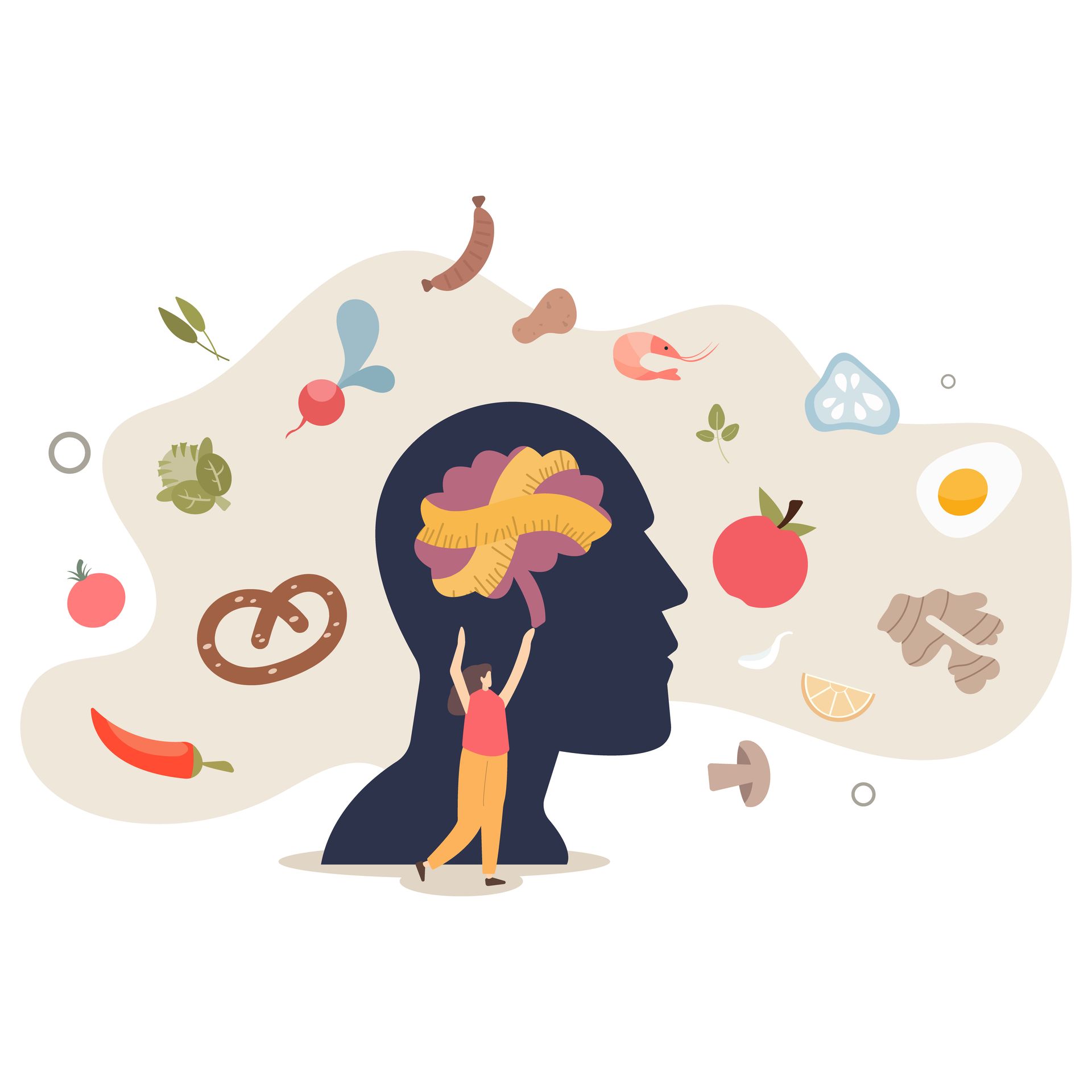AUTISM AND NEURODIVERSITY AFFIRMING APPROACH TO EATING

Eating habits and preferences can vary widely across individuals, and this is especially true for those on the autism spectrum. Autism is a neurodevelopmental disorder that affects communication, social interaction, and behaviour. It is characterized by a wide range of symptoms and behaviours, which can include difficulties with sensory processing, repetitive behaviours, and challenges with communication and social interaction.
In recent years, there has been a growing recognition of the importance of adopting an affirming approach to eating for individuals with autism. This approach recognizes that people on the autism spectrum may have unique needs and preferences when it comes to food and eating, and that these needs should be respected and accommodated.
About 90% of parents report to have feeding difficulties and 70% of Autistic children have atypical eating behaviours such as:
· Selective eating
· Strong food preferences
· Rapid or slow eating
· Lack of interested in eating
· Loss of control while eating
· Pocketing food in month
This happens due to sensory processing difficulties; cognitive rigidity; social communication differences and/or poor executive function. Medications may also affect appetite and food intake.
Also, some autistic individuals might experience interoceptive confusion, which means that they have difficulty to connect sense of hunger and/or satiety and fullness feeling and meal times.
SO WHAT TO DO?
Lower your expectations. Understand the challenges that your child goes through because of autism. Any force-feeding might lead to food trauma, sensory trauma (when forced to be in overwhelming environments) or traumatic childhood experiences.
Accept that your neurodivergent child refusal to eat in a way that is accepted by society (neuronormative) is not because he/she is manipulative, maladapted.
WHAT NOT TO DO?
Don’t expect neuronormative family feeding practices to work on your child. It will only increase frustration and stress in your family.
Don’t force feed your child – whether neurotypical or not.
Don’t routinely reprimanded your child for authentic neurodivergent behaviours at table (rocking, fidgeting, not being able to sit still, clumsiness when using cutlery, problems swallowing food).
Understand what are the coping mechanisms that your child uses to overcome the sensory overload that he/she is constantly facing. Look for strategies that will support this rather than persuading masking.
NEUROAFFIRMING STRATEGIES
Here are some tips – remember to use them if makes sense for your child. Discuss these with your healthcare professional and dietitian.
· Set alarms to eat;
· Use body doubling – eat with a friend, family member to support intake;
· Change the size and timing of meals if needed to help with satiation experience;
· While preference to eat might change, consider some of these (alert – can be very different from neuronormative “normal” feeding goals):
o Quieter eating environment
o Dimmable light
o Avoid music or use a preferable music
o Eat alone or use headphones when not possible
o Eat in venues at times of the day that are less busy
o Eat standing, walking, while laying down. Allow them to choose what works best to facilitate a pleasant eating experience
o Eat which a distraction – sensory toys, iPad
o Change textures of foods to match their preferences/unique sensory profile.
If you are concerned about the variety of foods consumed, check with a dietitian that can support you.
BE AWARE THAT EATING DISORDERS ARE MORE PRESENT IN DIVERDIVERGENT INDIVIDUALS
Eating disorders affect more neurodivergent individuals than neurotypicals. Here is some data:
· In a study find our that 30% women seeking weight loss treatment were ADHD. Also, de dopamine de-regulation might lead to impulsivity and emotional distress that can increase the odds of loss of control while eating and binge eating.
· 20-37% of individuals with anorexia nervosa are also autistic.
· ARFID (Avoidant Restrictive Food Intake Disorder) accounts for 22.5% childhood eating disorders. 21% of ARFID patients are autistic. It affects only 0.3% of general population.
If at any point you find that your child is developing an eating disorder or at risk, talk with your healthcare team.
References:
Cobbaert, L. & Rose, A. (2023). Eating Disorders and Neurodivergence: A Stepped Care Approach.










